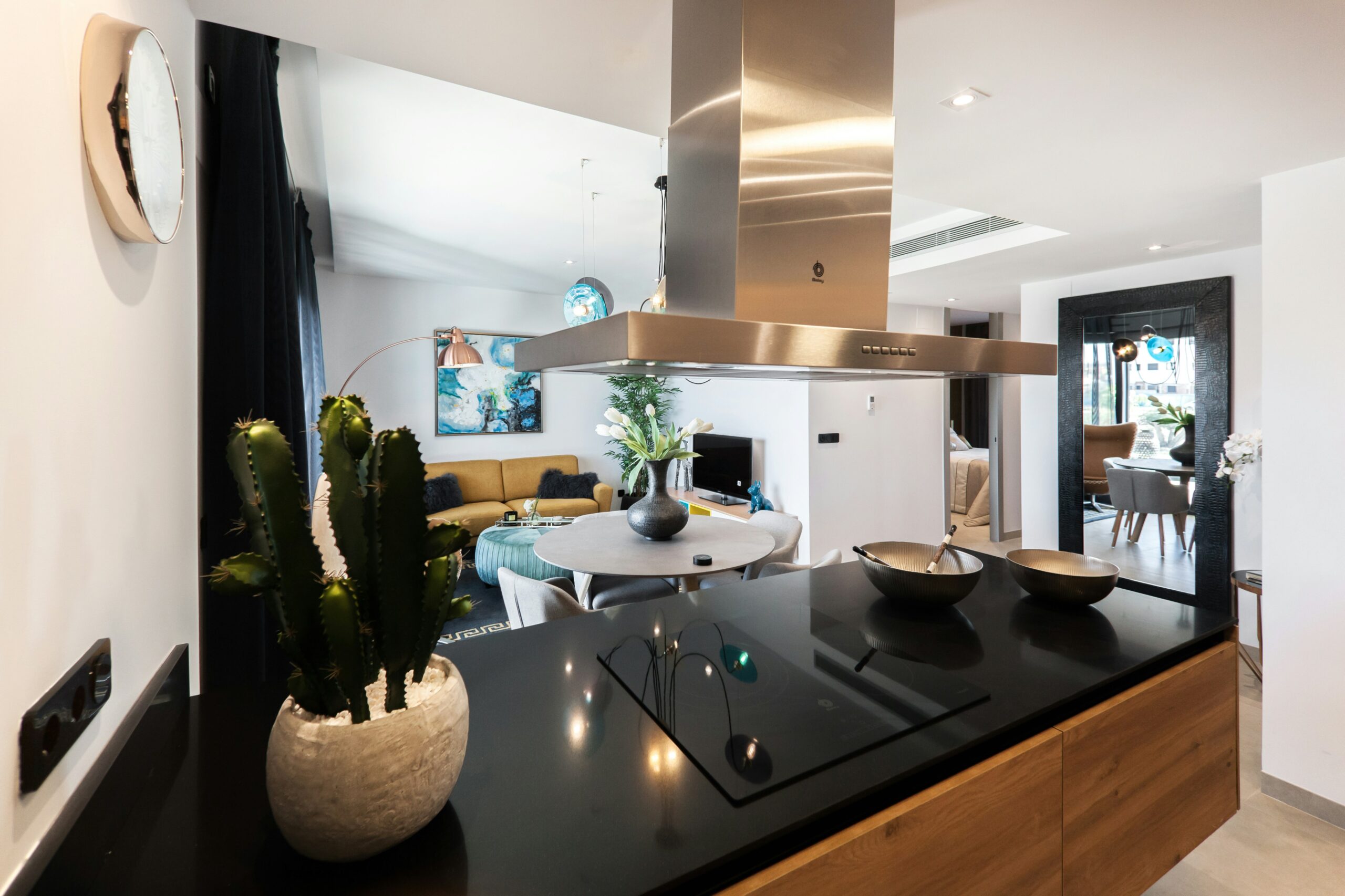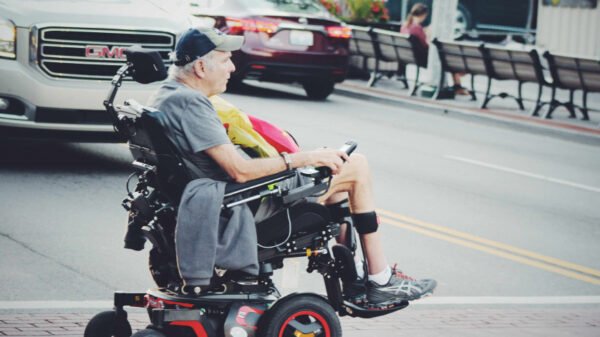Eco-Friendly Homes: Smart Homes Evolving into Wellness Sanctuaries
Eco-friendly homes are evolving into wellness-focused sanctuaries, integrating advanced technology and sustainable design to promote healthier living environments. As smart home technology advances, homeowners are prioritizing features like circadian lighting, air-purifying systems, and biophilic design to create spaces that not only reduce environmental impact but also enhance well-being. This shift reflects a growing desire to live in homes that are both technologically advanced and supportive of physical and mental health.
Circadian Lighting: Aligning with Natural Rhythms
One of the most innovative features of wellness-focused homes is circadian lighting, which mimics the natural light patterns of the sun. This type of lighting adjusts its color temperature throughout the day to align with the body’s natural rhythms, promoting better sleep, mood regulation, and productivity. In the morning, bright, cool light helps energize and wake up residents, while warmer tones in the evening signal the body to wind down and prepare for rest. This technology creates an environment that fosters a healthy sleep-wake cycle, which is crucial for overall well-being.
Air-Purifying Systems for Healthier Living
Another key feature of eco-friendly homes is the incorporation of air-purifying systems designed to remove pollutants, allergens, and toxins from the indoor environment. These systems use advanced filtration technologies such as HEPA filters and UV-C light to purify the air, improving respiratory health and reducing the risk of allergies or asthma. With increasing awareness of the health impacts of indoor air quality, homeowners are investing in solutions that ensure their living spaces are as clean and healthy as possible.
Biophilic Design: Bringing Nature Indoors
Biophilic design is gaining popularity as a core principle of eco-friendly homes, focusing on integrating natural elements into the built environment. This design philosophy includes features like living walls, indoor plants, and the use of natural materials such as wood and stone. Biophilic design fosters a connection with nature, which has been shown to reduce stress, enhance creativity, and improve overall mental health. By bringing elements of the natural world indoors, homeowners can create a calming and nurturing living environment that supports both emotional and physical wellness.
Sustainable Building Materials and Energy Efficiency
In addition to wellness-enhancing technologies, eco-friendly homes prioritize the use of sustainable building materials and energy-efficient systems. Materials such as recycled wood, bamboo, and low-VOC paints help reduce the home’s environmental impact while creating healthier indoor air quality. Energy-efficient features like solar panels, smart thermostats, and insulated windows reduce energy consumption and lower utility costs. By minimizing the ecological footprint of the home, these features contribute to a more sustainable and responsible lifestyle.
Smart Home Integration for Wellness
The rise of smart home technology allows for seamless integration of wellness-focused features. Home automation systems enable residents to control their lighting, air quality, and temperature settings with ease, ensuring that their home environment is always optimized for comfort and health. For example, smart thermostats can regulate indoor temperature to match individual preferences, while voice-activated systems can adjust circadian lighting or air purifiers based on real-time data. This level of control makes it easier than ever to maintain a healthy and eco-conscious living space.
Creating a Sanctuary for Mental and Physical Health
The ultimate goal of these eco-friendly, wellness-focused homes is to create a sanctuary where residents can thrive both physically and mentally. With the integration of sustainable materials, biophilic design, and smart technology, these homes are designed to reduce stress, promote relaxation, and improve overall quality of life. By prioritizing health and well-being, eco-friendly homes offer more than just energy savings—they provide a space for healing, rejuvenation, and personal growth.
The Future of Eco-Friendly, Wellness-Centered Homes
As technology and design trends continue to evolve, the future of eco-friendly homes will likely see even greater emphasis on wellness and sustainability. Innovations in renewable energy, smart home systems, and sustainable building materials will continue to drive the development of homes that not only minimize their impact on the environment but also actively enhance the health and well-being of their residents.
In conclusion, eco-friendly homes are becoming wellness-focused sanctuaries through the integration of circadian lighting, air-purifying systems, and biophilic design. These features promote healthier living environments that prioritize both sustainability and well-being, creating spaces where residents can thrive. As these trends grow, the future of home design will likely continue to emphasize the balance between environmental responsibility and personal health.


































